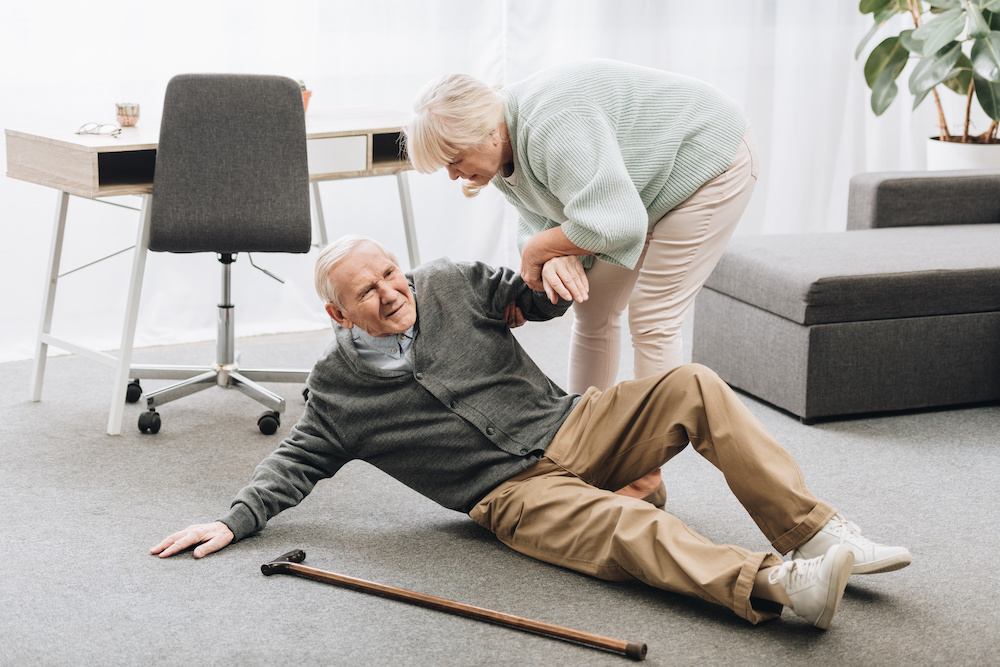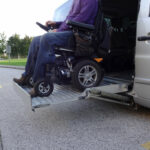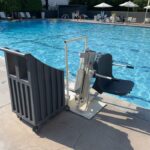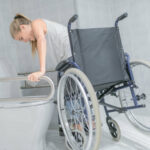These days, Canadians live longer, most even reaching the age of 100. Canada saw an increase of almost 26% in centenarians between 2006-2011. This increase is the second-highest increase among all age groups.
According to the Office of Actuary data, the average lifespan now for Canadians ages 65 and above is around 87 for men and 89 for women. Most of these aging adults would prefer to age in place.
What is Aging in Place?
Aging in place means having access to social support and health services to keep you safely living independently at home as you age. To age in place, you need to prepare your home to be safe and comfortable. “Plan for the future today to help you live the life you want tomorrow.”
Here is an Aging in Place Checklist to help you determine if you are ready to age in place and to help you progress to a stage where you can easily live out your life at home.
An Aging In Place Checklist:
1. How is your health?
In Canada, there are laws allowing people close to you to make health care decisions for you if they feel you are not able to make decisions for yourself. It is good to check with your territory or province or speak to a lawyer about appointing someone you trust to make your healthcare decisions. Overall, how is your current health?
- Are you physically active?
- Do you eat nutritiously?
- Do you schedule routine appointments with your doctors, including eye doctors and dentists?
- Do you experience good mental health? For example, do you have bouts of depression or anxiety, and if so, will you take steps to address them?
- Do you limit your alcohol intake to a safe amount?
- Do you smoke?
- Do you limit alcohol when taking prescription medications that could interfere with alcohol?
- Do you regularly speak with your doctor about pre-existing medical conditions and the best way to receive treatment?
If you choose to age in place, you must try to remain as healthy as possible. Electronic tools can remind you to take your medicine or perhaps give you steps for exercising at home. Etc.
2. Is your home in good shape?
The shape of your home is a critical aspect of aging in place. As you age, your home will need to support your mobility and health needs adequately. Many aging adults choose to add accessibility equipment here and there to help make purchasing equipment a gradual expense.
You could start by adding grab bars in the bathroom or changing to a walk-in tub, putting solid handrails around the house, and eventually adding a wheelchair ramp. At Next Day Access, we offer nearly everything you need for your home to help you age in place safely and comfortably.
We can also install our products quickly whether you need a vehicle lift for your car or a stairlift, our installation team will see that you are safe in your home.
It is also important that if you have foundation problems, roofing issues, or dry rot, you fix those soon.
3. Do you have a good support group and community?
Do you have solid friendships or family nearby that could stop in to check on you? If not, can you afford to employ an at-home nurse if needed? Do you have an active social life so you will not feel lonely at home? If not, you should look into volunteering.
Volunteering will keep you connected with your community and is associated with increased happiness, longevity, and satisfaction for aging adults.
4. Are you Safe?
Aging adults are at a higher risk for falls. Falls for aging adults are more severe and could cause a broken leg, hip bone, or other significant injuries. Therefore, it is essential that you are as safe as possible. Make sure you have slip-free bathmats in the bathroom, and if you become unsteady on your feet, invest in equipment like grab bars to keep you safe.
What do you need to do better to age in place comfortably and safely? Use this as a guide of what you need to work on so you can age in place gracefully. Be sure to contact us at Next Day Access when it is time to add accessibility devices to your home or if you need mobility equipment.
Our goal is to provide every solution available to help aging adults or individuals with mobility concerns live independently in their homes.














